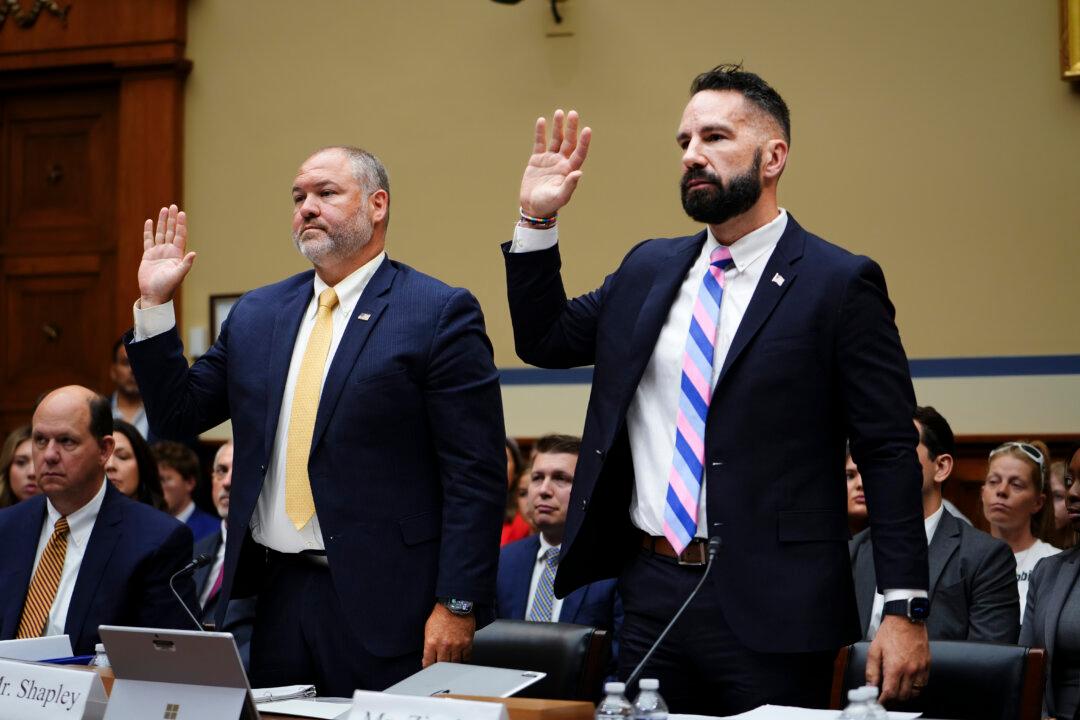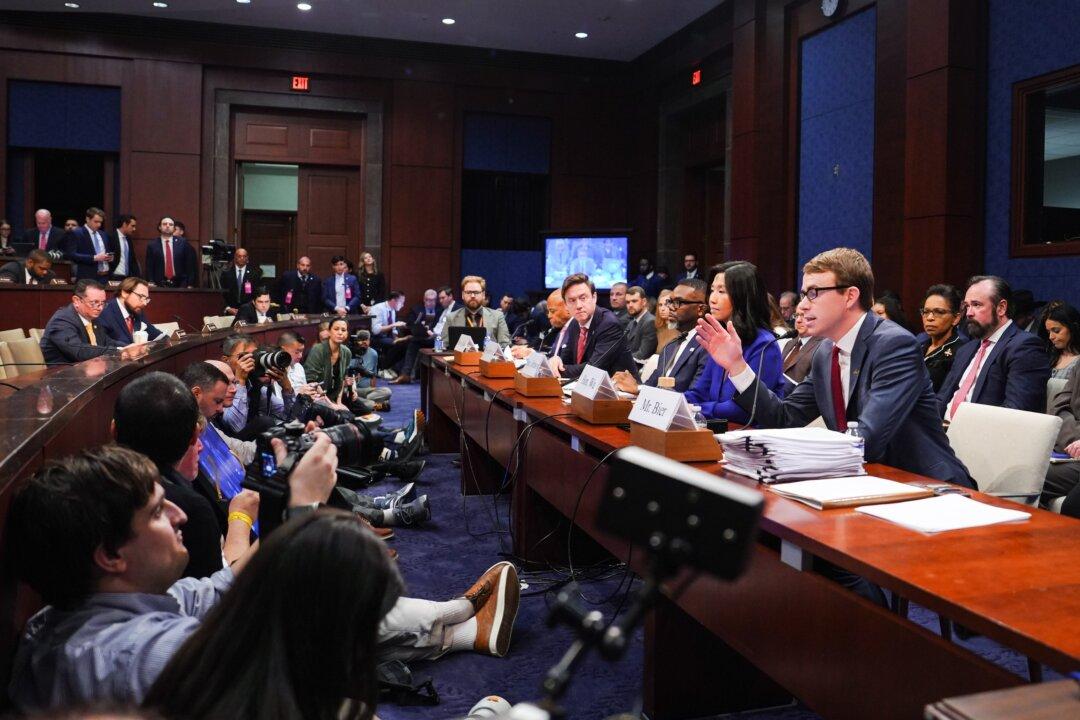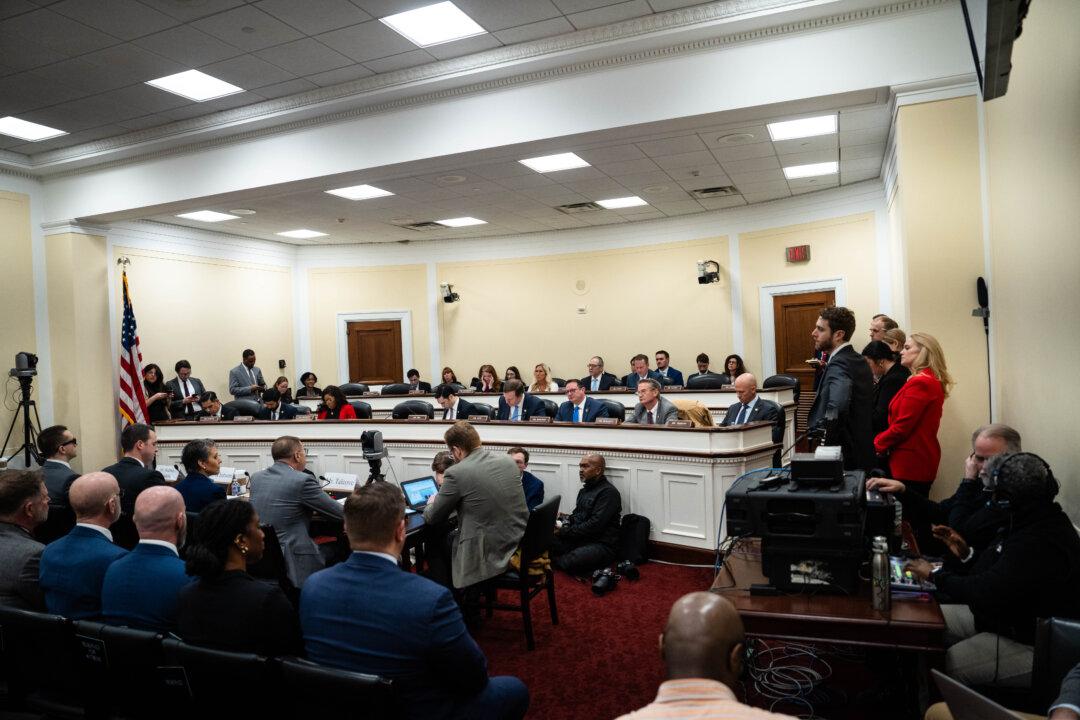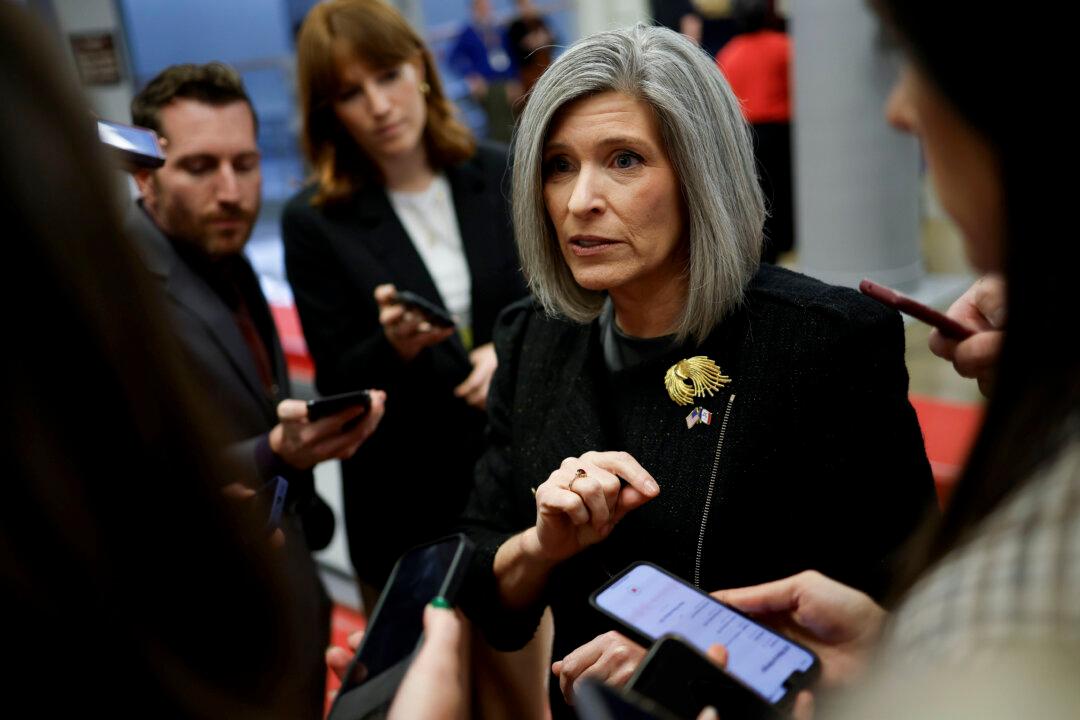A deep-dive analysis of major media coverage of the CCP virus—also known as the novel coronavirus—by three Ivy League analysts found that virtually all stories on the issue since January have been negative.
“Ninety-one percent of stories by U.S. major media outlets are negative in tone versus 54 percent for non-U.S. major sources and 65 percent for scientific journals,” according to the study published by the National Bureau of Economic Research (NBER).





